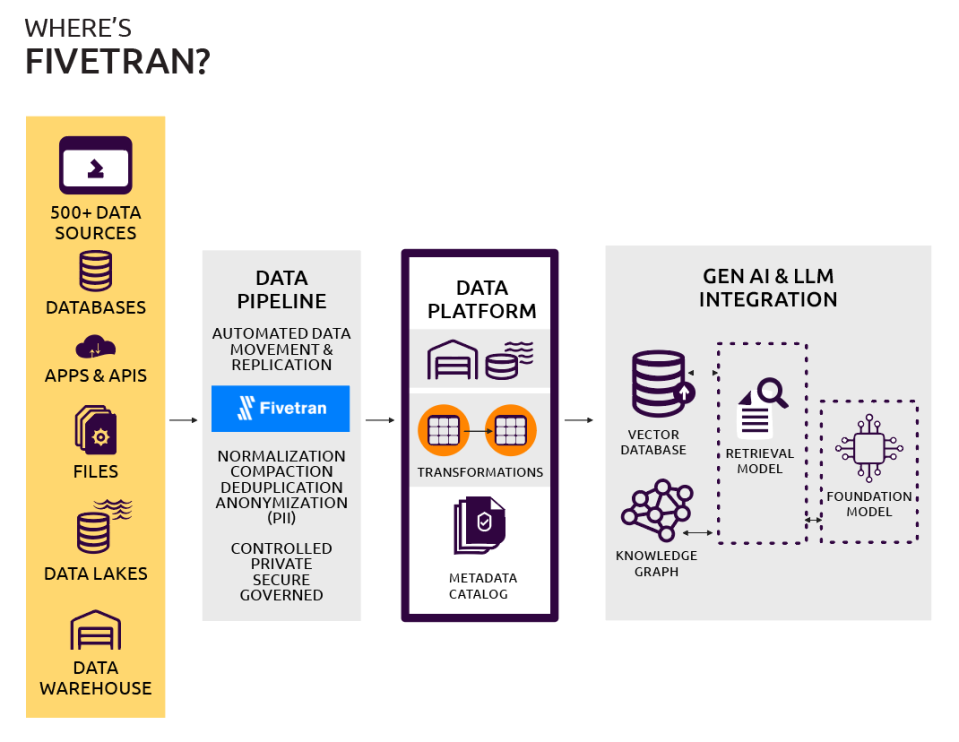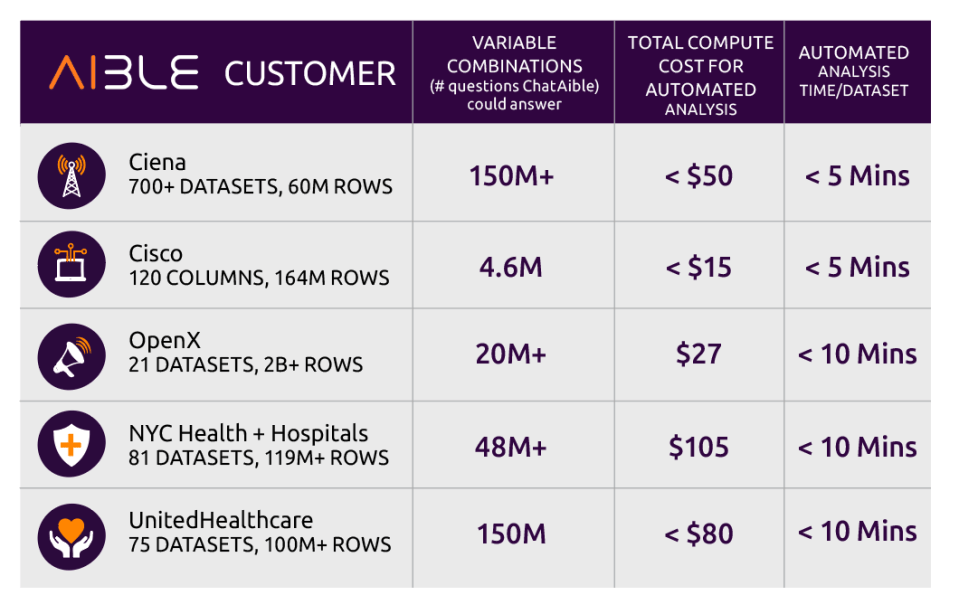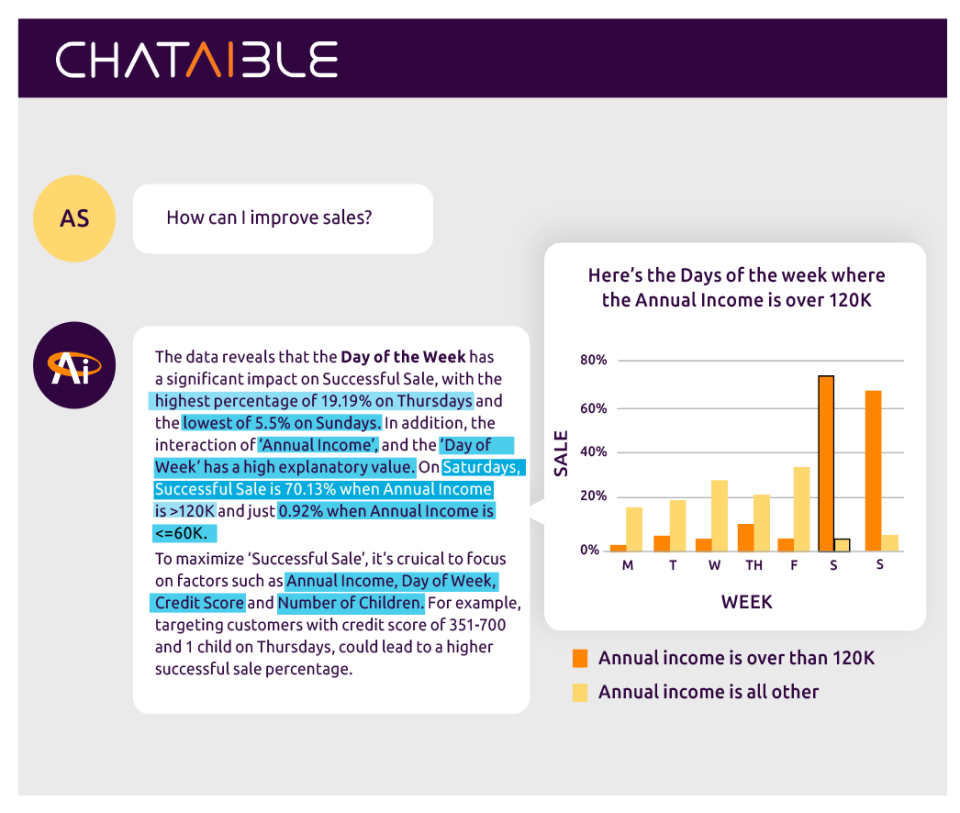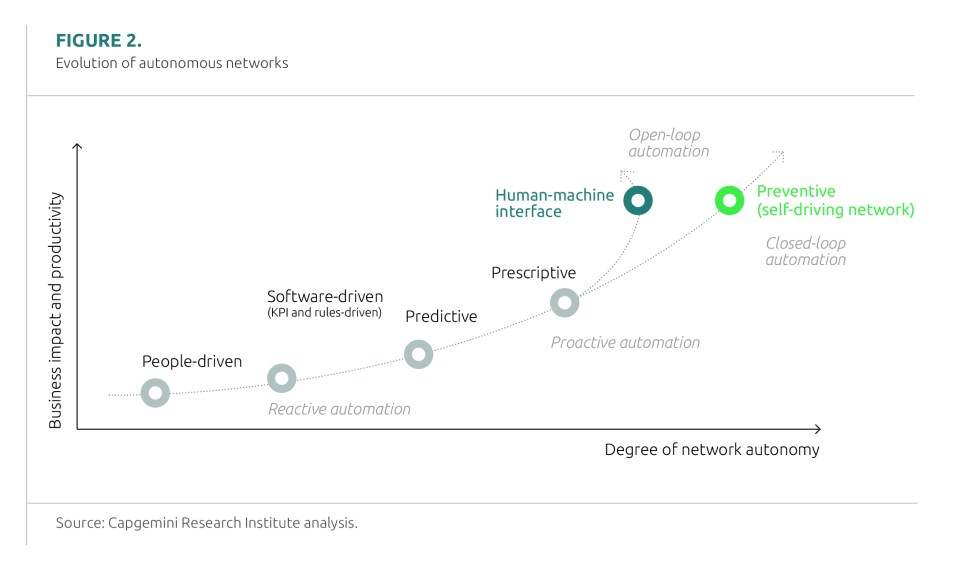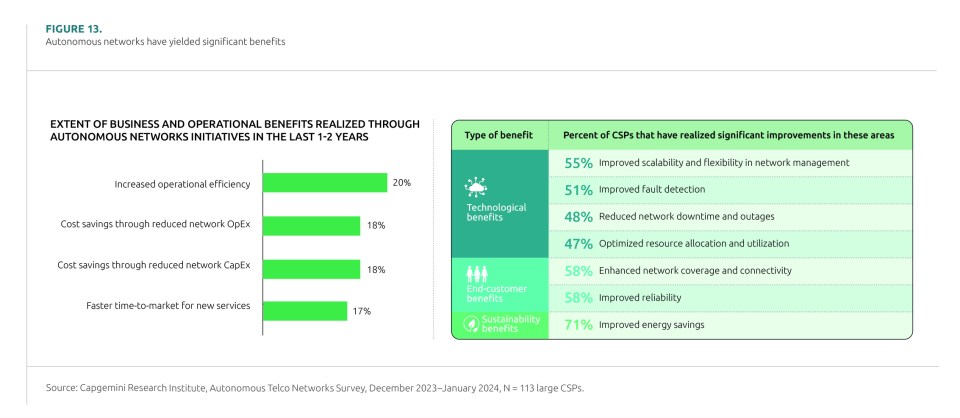Managing visual content on social media, especially user-generated content, always present a formidable challenge for businesses. With a constant influx of images and videos flowing through these channels, brands invest significant time and effort in filtering out inappropriate content that could damage their image. Complicating the process further are bots, from popular internet brands, actively scraping images or profiles. Google’s Generative AI capabilities offer a solution. But how? And what business challenges necessitate this type of implementation?
User-generated content (UGC) can be a valuable asset for businesses/retailers. It helps to build brand awareness, generate leads, and drive sales. Nevertheless, it can also be a source of risk. Inappropriate or fake products in the space of UGC can damage a retailer’s reputation and lead to loss of sales.
For mitigating these risks, retailers need to have a strategy in place for moderating UGC on social media channels. This strategy should include:
- Clear guidelines for what is and is not acceptable UGC should be communicated to the users in a clear and concise manner.
- A process for reviewing and approving UGC should be efficient and effective, enabling retailers to act quickly.
- A team of moderators, trained to review and approve UGC, should be knowledgeable about the retailer’s brand and values, enabling them to make decisions quickly and accurately.
Enable a business service using Google Generative AI models for UGC on social media channels
In addition to the traditional moderation techniques, retailers can also use Google Generative AI to help them moderate UGC. Even better, Capgemini has formed a key technology partnership with Google Cloud Platform that launched last year. This opened a multitude of new Generative AI technical capabilities, ranging from “ready-to-use” solutions to fully customizable options, all made possible through Google Cloud. Additionally, the Global Capgemini Google Generative AI Center of Excellence (CoE) is fully operational, enhancing customer use cases and applying best practices to leverage the Generative AI services available within Google Cloud’s Generative AI model garden. Find out more here.

But how generative AI models on the Google Cloud Platform can help retailers? Here’s a concrete use-case to illustrate.
Automatically identifying and only approving appropriate UGC helps retailers save time and resources. Furthermore, it ensures that their social media communication channels remain free of harmful content.
Utilizing Google Cloud Platform model capabilities such as Gemini-pro vision, Vision QnA, and specialized models like content moderation helps mitigate the risks associated with UGC, minimizes workload, and reduces costs. Additionally, it enables retailers to leverage UGC to their advantage, perhaps by treating the images as needed to transform them and generate a positive impact instead.
Here are some specific examples of how Google’s generative AI models can be used to moderate UGC on social media channels:
- A retailer could use Google’s Generative AI models to automatically identify and remove comments that contain profanity, hate speech or other offensive language.
- A retailer could use Google’s Generative AI models to score pictures or videos that can damage brand images.
- A retailer could use Google’s Generative AI models to automatically identify pictures or images that do not fit a set of business rules in different markets, regions or countries. This minimizes costs and time-effort required for moderators to carry out this process.
What retailers are looking for in Generative AI?
Generative AI has emerged as a transformative force in the retail industry, offering new avenues to enhance analytics capabilities and drive customer engagement along with the use of the rich internal data stored by retailers.
In the early days, before the widespread use of databases to store data became the norm, retailers used to rely on manual methods to gather insights into customer behaviour and product trends. These methods included conducting customer surveys, analysing store receipts, and leveraging a loyal customer base to understand grocery preferences and shopping habits. Additionally, retailers would incorporate information on population trends and factors such as driving distances from stores to further inform their strategies.
However, with the advent of Point of Sale (POS) systems and digital data storage mechanisms, the landscape of retail data analysis underwent a significant transformation. Retailers found themselves equipped with more sophisticated tools and platforms that allowed for the collection and analysis of a multitude of attributes related to customer behaviour and product performance. Data collection expanded across various operational areas, driven not only by a desire to understand consumer preferences but also by legal requirements mandating the storage of certain information over extended periods.
This evolution has culminated in retailers gaining access to a wealth of internal data that encompasses a broad spectrum of customer interactions and transactional details. Moreover, retailers have increasingly recognized the immense potential of harnessing both internal and external data sources to derive actionable insights. These insights can drive decisions related to inventory optimization, marketing strategies, pricing models, and overall operational efficiency.
As the retail industry continues to evolve, the volume and complexity of stored data continue to grow exponentially. Retailers are continually exploring innovative ways to leverage this vast repository of information to gain a competitive edge in an increasingly dynamic market landscape. The ability to effectively analyse and interpret data has become a cornerstone of success in modern retail, enabling businesses to anticipate trends, personalize experiences, and adapt strategies in real-time.
Then arrived Gen AI. While the initial applications in retail centred around chatbots for customer assistance, the scope has expanded significantly to encompass a diverse range of practical applications. Retailers worldwide are increasingly leveraging generative AI to elevate customer personalization and satisfaction levels with the help of the plethora of platforms that exist today. They can get insights on customer sentiments and product performance reviews, all without the need for explicit campaign efforts by leveraging internal/external reviews and from posts on social media.
Gen AI could also help companies streamline operations and improve overall efficiency. For instance, many retail and consumer products companies have recognized the potential of AI in detecting defective materials or storage issues, thereby enhancing the product quality and reducing waste. Furthermore, AI-powered fraud detection systems have become instrumental in safeguarding retailers against fraudulent activities, thereby bolstering trust and credibility among consumers.
The integration of generative AI into retail operations represents a paradigm shift in how businesses interact with and understand their customers. Through its use, retailers can unlock deeper insights into consumer behavior, preferences, and purchasing patterns. Armed with this knowledge, retailers can tailor their offerings and marketing strategies to better meet the evolving needs and expectations of their target audience.
Implementation of responsible AI is a priority for each project
Capgemini internally promotes mandatory group guidelines for Generative AI projects because the usage and regulatory landscape of Generative AI methods and toolsets vary significantly across our geographies, industries, use cases, processes, context, and capabilities for implementation. Therefore, our teams continuously conduct a proper assessment of our existing policies.
Capgemini Policies and Guidelines
As Generative AI technology is evolving rapidly, guidelines and policies are regularly updated and communicated. Therefore, all actions taken regarding Generative AI at Capgemini using Google Cloud adhere to responsible AI principles, ensuring the success of our customer use cases.
Let’s begin exploring and adding value to your organization’s use cases. We are thrilled to hear your thoughts on implementing Generative AI projects across industries and scaling them using the Google Cloud Platform. I’m confident that the capabilities provided by Capgemini Insights & Data Nordics will pave the way to success in your use cases. Feel free to reach out to us; together, we can implement and architect Generative AI projects for your data teams.
















